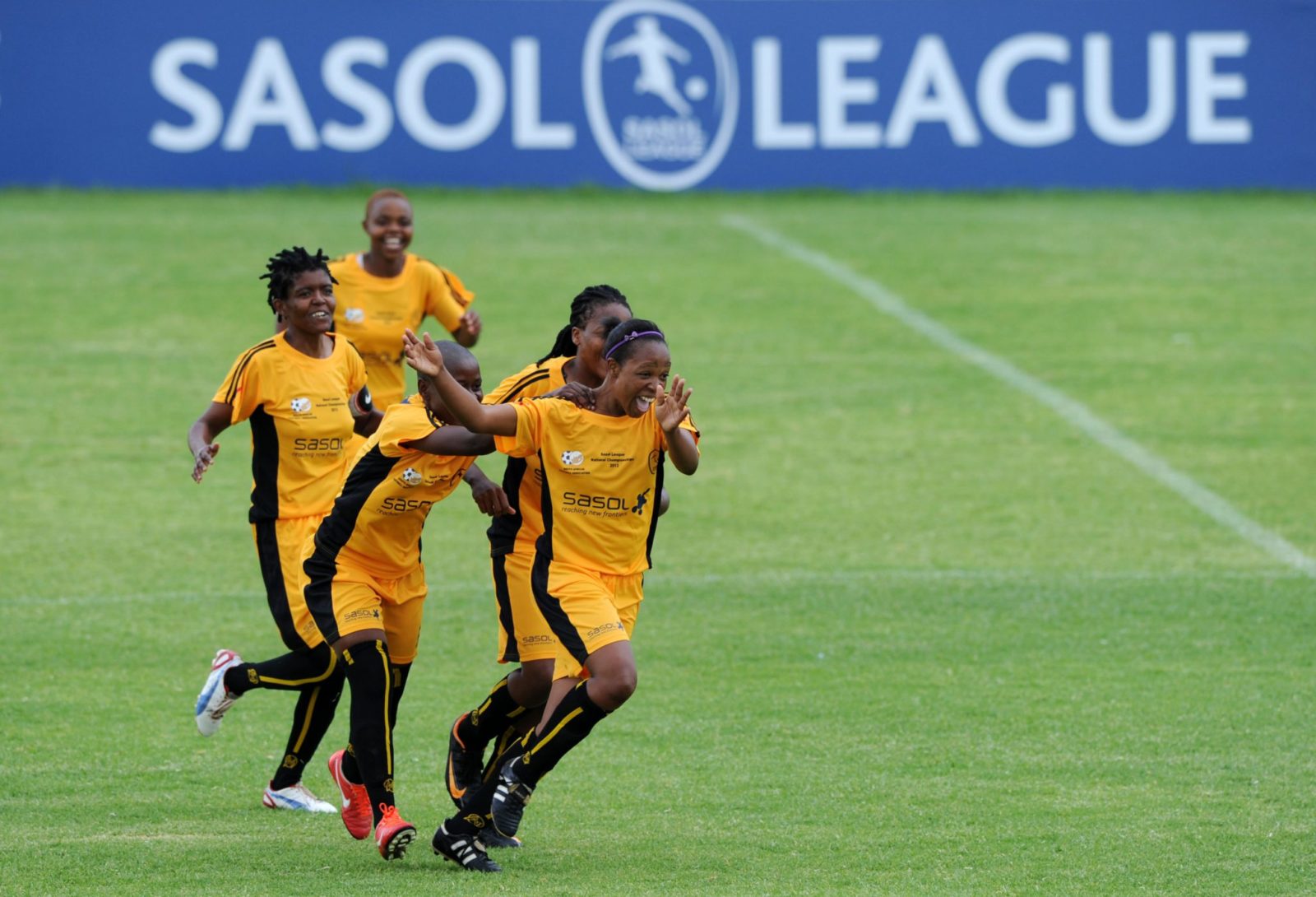More than half the world’s seven billion people watched some part of the 2010 FIFA World Cup in South Africa and it is expected many more will tune in to the Brazil tournament over the next few weeks until July 13. Less than a tenth of those will watch the tournament’s women’s equivalent.
Even though records of women playing football date back to 1892, it took 61 years after the first men’s World Cup in 1930 for a parallel women’s event to start. Six editions of the women’s tournament have been held and it commands only 407.8 million viewers. Africa and the Middle East, grouped in the same bracket for the official statistics, contribute only 39.2 million of those eyeballs.
That number is influenced by factors including technology and access to information but it also serves as an indicator of the value of the women’s game to the region. It is no surprise that Nigeria and South Africa – two of the counties with functioning women’s football leagues – lead viewership statistics with 13 million and 4.2 million people watching the Women’s World Cup respectively.

Cape Town Roses (Dark blue) v Gauteng (blue) during the 2013 Sasol League National Championship on the 25 November 2013 at Alabama Stadium
©Muzi Ntombela/BackpagePix
Nigeria is, by some distance, the African country that has advanced furthest in women’s football. Matches were reported on from the 1940s and it has had a women’s league since 1978. The most recent edition of the league, the 2013/14 season, has three divisions funded by the Nigerian Football Federation in the absence of sponsorship.
Despite a lack of regular competition, especially in their region, Nigeria’s women’s team is the most successful in Africa.
The Super Falcons are the top-ranked team on the continent, sit 34th in the world and have triumphed in eight African Women’s Championships (AWC) between 1991 and 2010. They have also participated in every women’s World Cup but have failed to get out of the group stage.
A large part of their success is on account of intense practice. In early April, Nigeria organized a training camp for their final qualification match for the AWC in May, giving themselves seven weeks of training time. Included in that was a friendly match against Cameroon, the next-best team in Africa. Games such as these is what captain Evelyn Nwabuoko thinks will make the team even better.
“We need friendly matches and we ought to play bigger teams. It’s not about results but about access to your players. You get to know your players and those to rely on during international games,” says Nwabuoko.
South Africa’s national women’s team has fared better in that department. They were the only African country to participate in the Cyprus Cup, an annual invitation-only tournament for women’s teams. South Africa have been to the event four times since 2009 but only won three matches and struggled against European opposition.
However, players described it as important to their growth.
“I found things very different from club level to the international stage – the tactics, ball work at training and moving into space at specific times during matches was a key learning area for me,” says Shiwe Nogwanya, a striker who is based in Bloemfontein in South Africa’s Free State.
South Africa also has a strong domestic structure in place. Last year, petrochemicals company Sasol signed a four-year deal to sponsor the women’s league and national team. Their’s is a multi-tiered league consisting of 144 teams, 16 in each of the country’s nine provinces.
Teams play every weekend to ensure continuity of game time and the provincial winners compete in a week-long national championship
in December.

Cape Town Roses (red) v Bloemfontein Celtics (green and white) during the 2013 Sasol League National Championship 3rd and 4th on the 01 December 2013 at Matlosana Stadium
©Muzi Ntombela/BackpagePix
Although not ideal because there is no premiership, South Africa’s new women’s national coach, former Dutch player Vera Pauw, believes it provides the pathway for players to develop.
“Without the league, there is no national team because all those players play in the league. The big challenge is how to get the 144 Sasol League teams playing with the best against the best on a more regular basis,” says Pauw.
Other African teams do not even have the luxury of that problem. Ten African women’s teams, including Congo, Uganda, Angola and Benin, are not ranked because they have been inactive for more than 18 months. Two others, Liberia and Kenya, have not played more than five matches against official opposition and so are only provisionally ranked. Others like Mauritius have yet to play even a single match.
Funding is the major challenge, something Lydia Nsekera, the first woman elected to the FIFA executive committee, who hails from Burundi, agrees with.
“There is little or no funding for female football in Africa, compared to what the male teams get. In Africa, there are people who even question the rationale for funding female football,” says Nsekera.
Small attempts are being made to change that. FIFA provides all African member associations a grant of $250,000 a year and since 2008, 15% ($37,500) of that had to be set aside for women’s football. Just like the number of people keeping an eye on the women’s game, that money is significantly less than the men get but it is all the women’s game has
for now.
